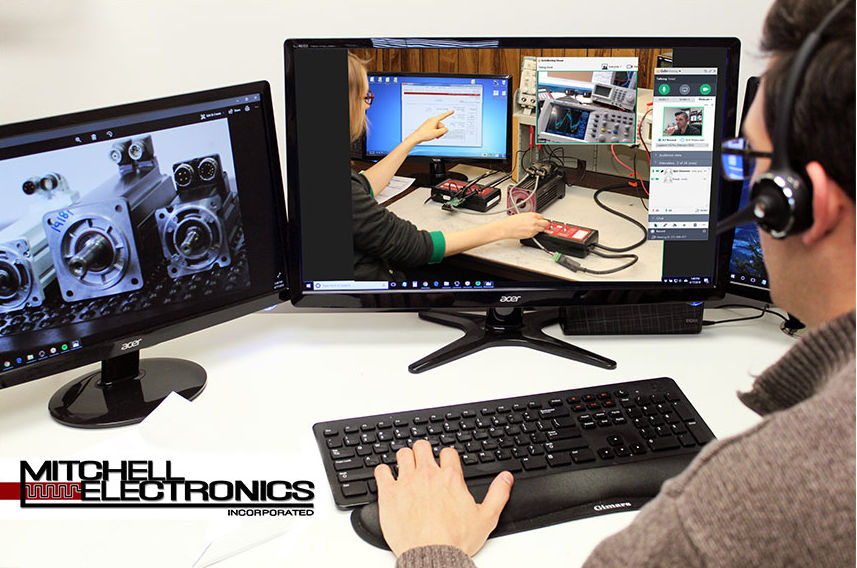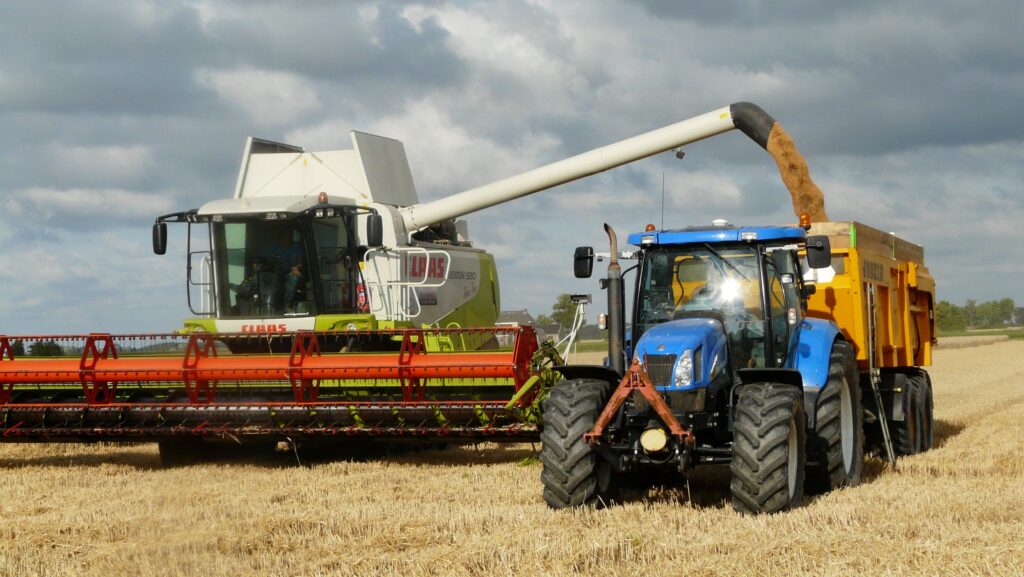What is a Servo Motor Used For? 10 Nontraditional Applications of Servo Motors
From CNC machines to robotics, servo motors are helping to drive the manufacturing industry. But their applications extend far beyond traditional manufacturing and motion control. Known for their precision and ability to maintain position, these devices can be found in a wide range of industries. And they are even showing up in some unexpected places.
Here are some servo motor applications outside of manufacturing:
Medical
Surgeons performing delicate procedures often require a steady hand and high precision. Miniature servo motors are employed in robotic surgical systems to assist surgeons in achieving stable and precise movements. These motors help reduce hand tremors, enabling surgeons to perform surgeries with unprecedented accuracy.
Videography
The film industry has witnessed a revolution with the adoption of servo motors in camera stabilization systems. Gimbal rigs use servo motors to counteract unwanted camera movements, providing smooth and steady footage even over rough terrain and challenging conditions.
Agricultural
In agriculture, servo motors are used to automate the control of various equipment, such as the precise positioning of plows, seeders, and pesticide applicators. This helps to increase efficiency and reduce the need for manual labor. This contributes to sustainable and technologically advanced farming practices.
Exoskeletons
The development of exoskeletons for medical and industrial purposes relies on servo motors to provide the wearer with enhanced mobility and strength. These devices can assist with mobility impairments or help workers lift heavy objects with minimal effort, reducing the risk of injury.
Art
Artists and sculptors have embraced servo motors to create dynamic and interactive works of art. These motors are used to move various components, adding motion and interactivity to sculptures, installations, and even kinetic art.
Energy
To maximize energy production, solar panels and wind turbines must be aligned with the sun or wind direction. Servo motors play a crucial role in tracking systems that adjust the orientation of these renewable energy sources.
Entertainment
From animatronic creatures in theme parks to elaborate stage productions, servo motors bring characters and scenery to life. Their use in animatronics creates lifelike movements and expressions, enhancing the immersive experience in entertainment.
Exploration
Servo motors are used in remotely operated vehicles (ROVs) for underwater and space exploration. They enable precise control of cameras, sensors, and manipulators in challenging and often harsh environments.
Food Preparation
In commercial kitchens and food processing facilities, servo motors are used in cutting, slicing, and dicing machines. They enable precise and consistent cutting of ingredients, ensuring uniform food products and reducing waste.
Astronomy
When gazing into space even the slightest variation can have a consequence of millions of miles. Astronomers rely on servo motors to adjust the positioning of telescopes and observatory equipment. These motors enable precise tracking of celestial objects and the capture of high-quality images for scientific research.
What is a Servo Motor Used For?
Short answer… almost everything!
These are just a few examples of the versatility of servo motors. The precision, reliability, and adaptability of these motors continue to drive innovation and create opportunities for automation. As technology continues to evolve, we can expect servo motors to find even more unexpected applications, further expanding the boundaries of what is possible in various industries and domains.
Mitchell Electronics, Inc. prepares servo motor repair shops and manufacturers alike with the equipment they need to quickly and cost-effectively put servo motors back to work. Contact us to learn more!
You can also download The Quick Reference Guide to Servo Motor Maintenance and Repair. Inside this in-depth guide, you’ll find insights into:
- Diagnosing common servo issues
- Understanding common servo error codes
- Knowing what you can fix in-house and what needs to be sent out for repair
- Identifying tools you’ll need to make repairs in-house
- Learning how to find the right repair shop for you
Servo Motor Training
Mitchell Electronics, Inc. offers servo motor training that’s included with your software license. Our training sessions are collaborative, personalized, and designed to help you and your team learn the skills you’ll need to practice proper maintenance and repair.
Our training is offered 100% virtually. No travel costs or waiting periods… just expert training organized into short, focuses sessions on a single topic, whether that’s servo maintenance, encoder alignment, software training, or other needs your team may have.
And, training is offered English, Spanish, Portuguese, German, or French!





